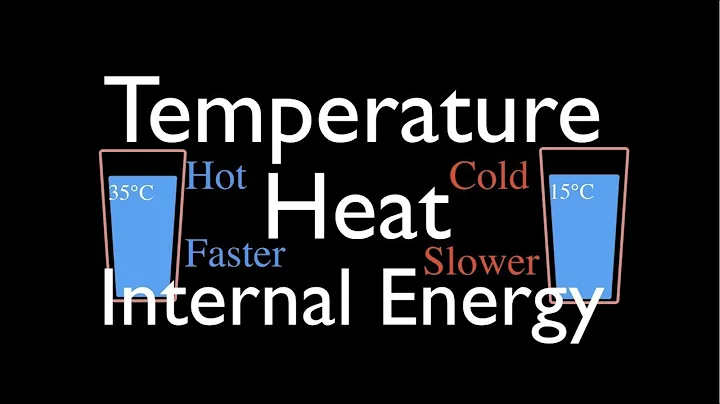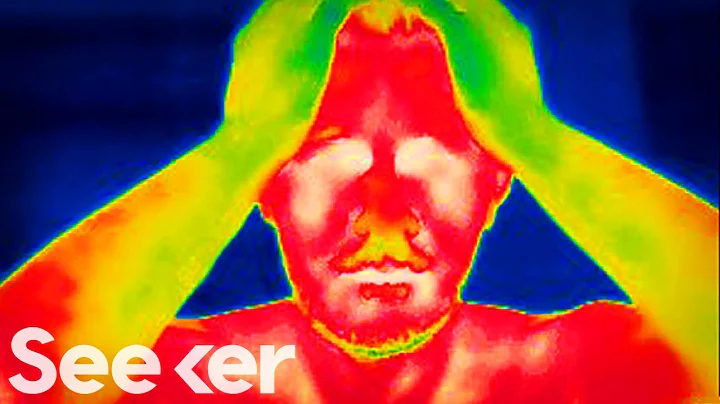What would you like to say is the hottest thing recently?
Of course it’s the weather!
In recent days, most parts of the country have been experiencing high temperatures.
The "sauna day" mode has been launched.
People have lamented that such hot days are caused by air conditioners.
In fact,
"Hot to death" is not just a casual comment.
Long-term exposure to high temperatures is very dangerous.
It is understood that many deaths caused by high temperatures
are caused by heat stroke.
So, heat stroke is What? What is the relationship between
and heat stroke? Is
really that scary?
Today, let’s find out together!
1
What is heat stroke?
Heat stroke, also known as severe heat stroke, is a very dangerous emergency with a very high mortality rate of 40% to 50%. For people over 50 years old, the mortality rate even reaches about 70%.
The human body has a temperature regulation center, which under normal circumstances regulates the balance of heat production and heat dissipation in the body to maintain the body temperature at around 37°C. But in some cases, this balance of heat production and heat dissipation will be broken, causing heat to accumulate in the body, causing heat stroke.

Generally speaking, human body heat dissipation mainly relies on radiation, evaporation and a small amount of convection and conduction. When the ambient temperature is higher than the skin temperature, the human body can only rely on evaporation and sweating to remove heat. However, when the temperature is too high, the heat dissipation capacity will decrease (this phenomenon is called sweat failure), and heat accumulation will occur in the body, causing organ damage. In particular, the brain becomes "out of control" and heat stroke occurs.
Heat stroke is caused by the rapid accumulation of heat in the body. Patients often experience symptoms such as local muscle spasm, high fever, no sweat , dry mouth, coma, difficulty breathing, and even respiratory failure, which is the most fatal form of heatstroke.
In addition to individual factors, the onset of heat stroke is closely related to three factors: high temperature, high humidity, and a closed, windless environment.
Heat stroke is generally mild, with the body temperature often exceeding 38°C, accompanied by symptoms such as facial flushing, profuse sweating, burning skin, nausea and vomiting, or cold limbs, pale face, decreased blood pressure, and rapid pulse. The difference between heat stroke and heatstroke is that it manifests as high fever (rapid rise in body temperature), often no sweating, and even coma and shock.
Heat stroke is usually accompanied by a body temperature as high as 40℃ or above. What changes will happen to the body at this time?
2
What happens when the body temperature reaches 40°C?
As we all know, the highest scale of a thermometer reaches 42°C. Will people be "burned to death" if the temperature exceeds this temperature?

When the human body temperature is 37°C, the body's heat production and heat dissipation are relatively balanced, and the body's functions are the most stable. When body temperature rises, there is also an adjustment mechanism, but when it exceeds a certain limit, it will lead to organ intolerance and organ failure.
For example, for the heart, when the body temperature exceeds 37°C and gradually rises to over 40°C, the cardiac output will increase exponentially, and the oxygen consumption will also increase by about 40%. But when the body temperature reaches 42°C, cardiac output and oxygen consumption will suddenly drop, and myocardial necrosis will occur.
This is caused by ultrahigh temperature exceeding the tissue tolerance limit, causing organ failure. Obviously, this can be life-threatening.
Usually when the fever reaches 39°C, it almost makes you suspicious of life. What kind of disease can cause a fever to reach 42°C? The answer is heat cramps, heat exhaustion and heat stroke. Heat stroke is the most serious.
3
Which groups should pay special attention to heat stroke?
Heat stroke is most likely to occur in the elderly, children, pregnant women or people with underlying diseases (such as cardiovascular and cerebrovascular diseases, obesity). The elderly's physical functions decline and their cardiac output cannot be adjusted in high temperature environments, leading to heat stroke due to circulatory disorders. Children often suffer from heatstroke due to poor sweat response.
In addition, people with colds, fever, gastroenteritis diarrhea and hypokalemia are also prone to heatstroke.
If heat stroke occurs, how should we provide correct treatment?
Immediately transfer the patient to a cool and ventilated place, then let him lie down, physically cool down , replenish water (salt water is best), etc. At the same time, call 120 for emergency treatment in time, and the treatment should not stop during the emergency route.
4
How to prevent heat stroke?
Outdoors, the main objective factors that affect people's heat stroke are: daily average temperature, relative humidity and maximum temperature.
If the daily average temperature is >30°C and the relative humidity is >73%, the probability of heat stroke will show a significant upward trend. If the maximum temperature is ≥37°C, the number of people suffering from heat stroke will increase dramatically. If you meet two of the conditions before going out, you should pay attention.
In addition, it should be noted that the alternation of hot and cold can also easily lead to heat stroke. The body cannot adapt to it all of a sudden, and there may also be body temperature regulation disorders, water and electrolyte balance imbalances, and heat stroke neurological disorders.

Don’t blow the air conditioner like this on a hot day!
For people who need to work outside for a long time or whose working environment is hot and airtight, it is best to prepare some salt water, ice cubes, etc. in advance.
In addition, when people suffer from heat stroke, they usually show signs of heat stroke, which generally include symptoms such as headache, dizziness, thirst, excessive sweating and weakness in the limbs.
If it is moved to a cool and ventilated place in time, physically cooled down and replenished with water (salt water is best), it can recover in a short time.
Pay attention to getting enough sleep and drinking plenty of water. When there is a high temperature warning, go out as little as possible.
Finally, I would like to emphasize
that when the symptoms of heat stroke are severe
you must not be careless
it can really kill you!
statement: This article is reprinted for the purpose of conveying more information. If there is an error in the source annotation or infringement of your legitimate rights and interests, please contact the author with proof of ownership and we will promptly correct and delete it. Thank you.


![What is Heat, Specific Heat & Heat Capacity in Physics? - [2-1-4] - DayDayNews](https://i.ytimg.com/vi/2tDKLkj9zfI/hq720.jpg?sqp=-oaymwEcCNAFEJQDSFXyq4qpAw4IARUAAIhCGAFwAcABBg==&rs=AOn4CLDxPKhqK6eQfpIaRItkxQELsclmRA)
![They've Been Cutting This Tree For 7 Generations [FULL] - DayDayNews](https://i.ytimg.com/vi/BgQxQ8kBGMM/hq720.jpg?sqp=-oaymwEcCNAFEJQDSFXyq4qpAw4IARUAAIhCGAFwAcABBg==&rs=AOn4CLBMnfBQyucVSed7enwpbAsDP4EpZA)

















